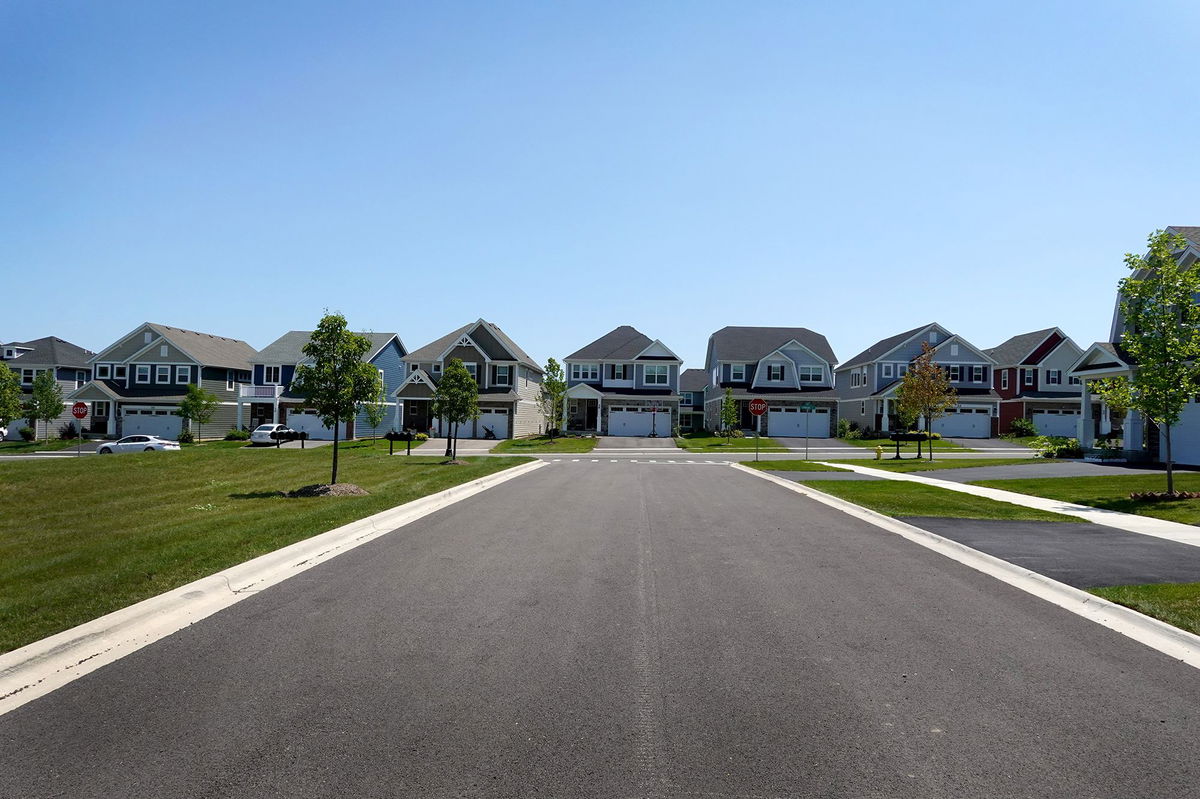The rising cost of shelter represented 90% of last month’s inflation

By Anna Bahney, CNN
Washington, DC (CNN) — The latest Consumer Price Index shows that shelter costs contributed 90% of total inflation last month — but there’s a sharp turnaround ahead, say economic researchers at the Federal Reserve Bank of San Francisco.
Housing makes up the largest chunk of CPI, and that measurement, known as shelter inflation, is expected to cool this year and might even go negative next year, according to the researchers.
Monthly shelter costs were up 0.4% in July, and up 7.7% from a year ago. After steadily increasing, year-over-year shelter inflation has moved down for four consecutive months, from 8.2% in March to 7.7% in July.
Housing was the first segment of the economy to be affected by the Federal Reserve’s historic campaign to bring down inflation, after its series of interest rate hikes pushed mortgage rates north of 7% and brought the white-hot pandemic market to a screeching halt.
But forecasts from the San Francisco Fed researchers suggest we could see the most severe contraction in shelter inflation since the Global Financial Crisis of 2007 to 2009, they say.
“Our baseline forecast suggests that year-over-year shelter inflation will continue to slow through late 2024 and may even turn negative by mid-2024,” the researchers wrote. “This would represent a sharp turnaround in shelter inflation, with important implications for the behavior of overall inflation.”
The researchers’ models cast a fairly wide range for possible movement, with year-over-year shelter inflation in late 2024 estimated to fall anywhere from negative 9% to 2%, in the baseline model. Even that upper-end increase would be a slowing of inflation.
There are a couple of caveats. One is that the estimates are based on data from the pandemic period, which saw exceptional growth in housing markets and inflation. Another is that these projections assume there are no further shocks to the system.
Total inflation will go down when shelter inflation drops
Currently, there is a disconnect between shelter inflation, which has remained higher, and other components of inflation that have fallen. That’s especially true since market indicators — like home prices and rents — have been falling. That suggests that the housing market has slowed significantly, along with the rise in interest rates.
Housing represents about 30% of the value of the basket of goods that the Bureau of Labor Statistics evaluates to put together the Consumer Price Index. For renters, shelter inflation includes rent and utility payments. For homeowners, the BLS looks at what it would cost to rent a similar house. Inflation in other parts of the economy also contribute to inflation. If the cost of lumber rises, so does the cost of building a home.
The CPI attempts to capture the entire housing market, including renters who have been in a place for a while and pay a long-standing amount for rent and those moving into a new place paying an asking rent more in tune with current demand.
But the researchers point out that the way in which specific asking-rent indexes are accounted for in the CPI shelter inflation is complicated by an array of building types, a variety of geographic areas and different ways of estimating rents.
The researchers at the San Francisco Fed crafted models combining several measures of local shelter and rent inflation to help explain how recent trends might affect the path of future shelter inflation. Their models indicate that shelter inflation is likely to slow significantly over the next 18 months, in line with the evolving effects of interest rate hikes on housing markets.
“Monetary policy famously operates with ‘long and variable lags,’ and our forecasts imply that this guidance is relevant when looking at housing markets and shelter inflation,” the researchers wrote in a note. “In particular, our forecasts suggest that the rapid rise in interest rates since early 2022 is likely to have had a significant effect on slowing housing markets, and this slowdown is likely to continue going forward.”
They conclude that changes in housing markets suggest pressure from shelter inflation could ease substantially. And, at the very least, they say their results suggest that the risk of surprise increases in shelter inflation has become significantly smaller with the rapid rise in interest rates since early 2022.
The-CNN-Wire
™ & © 2023 Cable News Network, Inc., a Warner Bros. Discovery Company. All rights reserved.






